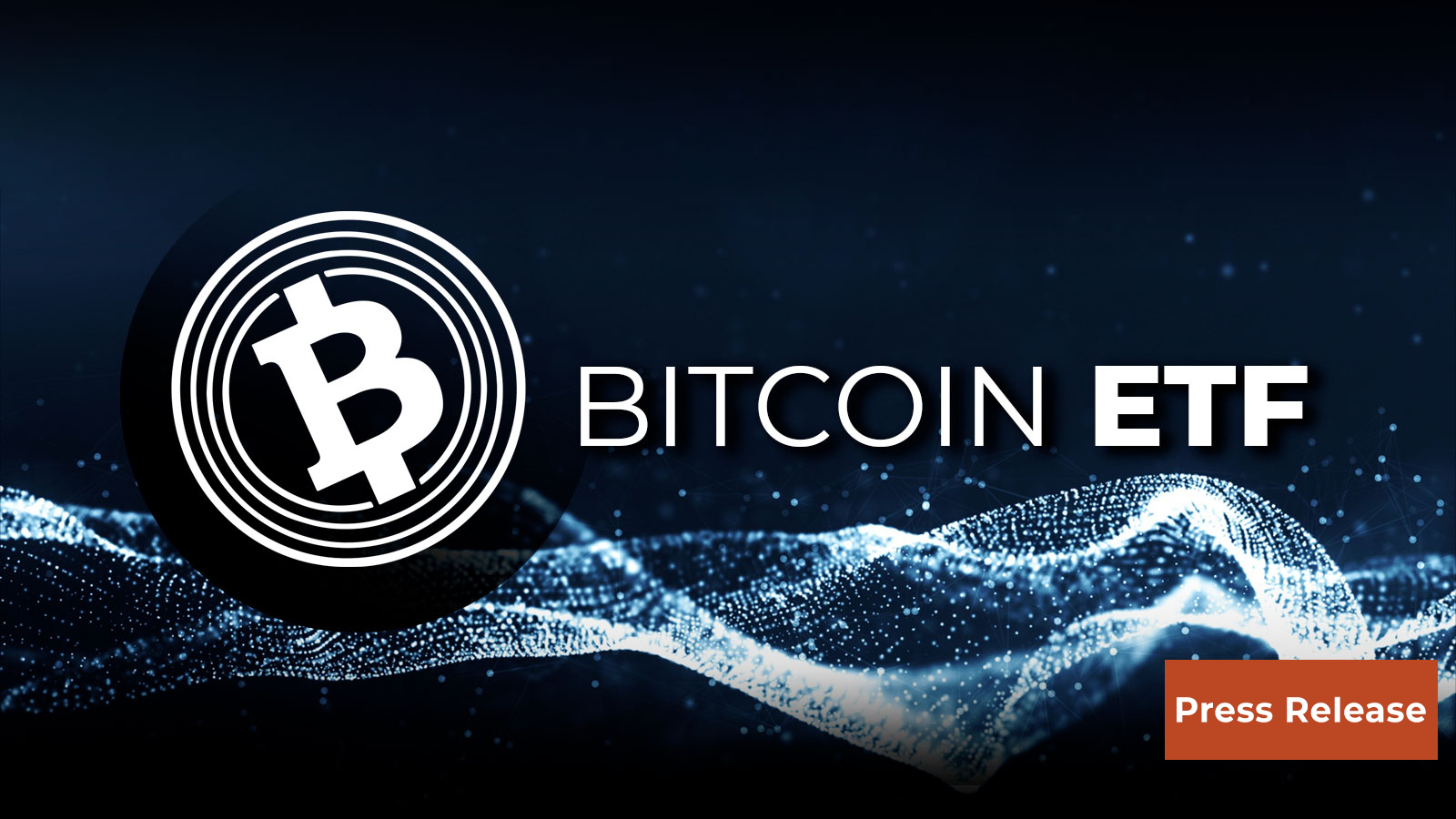Disclaimer: This is sponsored content. The information on this page is not endorsed or supported by U. Today, and U.Today is not responsible or liable for any inaccuracies, poor quality, advertising, products or other materials found within the publication. Readers should do their own research before taking any actions related to the company. U.Today is not responsible, directly or indirectly, for any damage or loss caused or alleged to be caused by or in connection with the use of or reliance on any content, goods or services mentioned in the article.
Disclaimer: This is sponsored content. The information on this page is not endorsed or supported by U. Today, and U.Today is not responsible or liable for any inaccuracies, poor quality, advertising, products or other materials found within the publication. Readers should do their own research before taking any actions related to the company. U.Today is not responsible, directly or indirectly, for any damage or loss caused or alleged to be caused by or in connection with the use of or reliance on any content, goods or services mentioned in the article.
A false filing indicating that BlackRock was launching an XRP exchange-traded fund (ETF) briefly caused the XRP price to surge, before quickly falling once the report was debunked.
The confusion began late on November 13th, when a Delaware filing surfaced showing BlackRock had registered an “iShares XRP Trust.” This led to speculation that the asset manager was on the verge of launching an XRP ETF product.
The news quickly spread across crypto X, with multiple influencers and analysts pointing to the trust registration. In response, XRP prices spiked 15% within minutes, rallying from $0.65 to $0.75 on some exchanges.
However, the gains were short-lived. Within another 30 minutes, the filing was confirmed as fake by sources like Bloomberg ETF analyst Eric Balchunas. He indicated BlackRock had no plans for an XRP ETF as of today.
By the time the dust settled, XRP had relinquished all its gains from the initial jump. But trading volumes still saw a pronounced, if temporary, uptick. Some analysts believe this was fueled by leveraged traders rushing to capitalize on the ETF rumor.
When the report was invalidated, an estimated $6 million worth of long positions were liquidated according to market data. This highlights how a single false filing can impact broader crypto prices and sentiment.
The humorous saga quickly became the stuff of memes, but does underscore investors’ strong appetite for access to crypto assets through traditional ETF structures.
While the XRP trust registration was fabricated, it underscores real investor appetite for access to digital assets through ETFs. Products tracking BTC and ETH in particular have faced immense demand, but have yet to be approved by the SEC.
BlackRock itself signaled interest in the space by filing for a spot Ether ETF on November 9th. This was an official filing, confirming the asset manager seeks to expand beyond just bitcoin exposure.
The XRP episode also comes just days before a deadline for the SEC to approve or reject a spot bitcoin ETF. The latest review window ends on November 17th, leaving only limited time for a decision.
If no ruling is made, it would extend the years-long wait for a spot bitcoin ETF. This possibility may be fueling impatience among traders, potentially leading to preemptive selling.
Others speculate investors could be taking profits to have cash on hand to buyback crypto at lower prices if an approval triggers heavy buying. But many analysts, including Bloomberg ones, remain confident the SEC will finally give the green light in early 2024.
Hoping to capitalize on this expected regulatory shift is Bitcoin ETF Token (BTCETF) – a cryptocurrency designed to track ETF developments. The project is currently conducting an ICO that has already raised $560,000 in its first week.
The BTCETF token sale allows investors to purchase tokens for $0.0052 each after one successful price increase already. The development team is utilizing a staged pricing model – once one sells out, the next begins at a higher level.
This rewards early adopters with the most favorable exchange rate. Another scheduled price hike is set to occur within just 1 day as well.
The ICO aims to build a robust community in anticipation of major ETF-related milestones. This includes the widely-expected SEC approval of spot bitcoin and ether ETFs in late 2023 or 2024.
Once launched, these products are poised to dramatically expand crypto access and uptake among traditional investors. As an ETF-focused project, BTCETF intends to capture the gains from this potential explosion in demand.
BTCETF has implemented deflationary tokenomics intended to increase the token’s value over time. Specifically, the project plans to burn 25% of the total supply through five milestone events related to ETF progress.
When the SEC first approves a Bitcoin ETF, 5% of the supply will be burned. Another 5% burn will occur at the first ETF listing. Further supply reductions happen if certain asset thresholds are reached, and if Bitcoin hits $100k.
Its news feed and ongoing presale keep holders informed of the latest developments and regulation shifts. The developers have embraced the high probability of the SEC finally approving bitcoin ETFs as an investment thesis.
By aligning its tokenomics and roadmap with these expected milestones, BTCETF has positioned itself at the forefront of this emerging crypto investment trend. Its community-centric approach also incentivizes holding through the presale as momentum builds towards ETF product launches.
The recent XRP ETF debacle highlights intensifying interest in crypto investment vehicles. While that particular filing was bogus, it foreshadows what is likely coming for bitcoin and ether in the near future and $BTCETF will be there to capitalize once it happens.
Find the full roadmap and whitepaper for this new altcoin project at btcetftoken.com.

